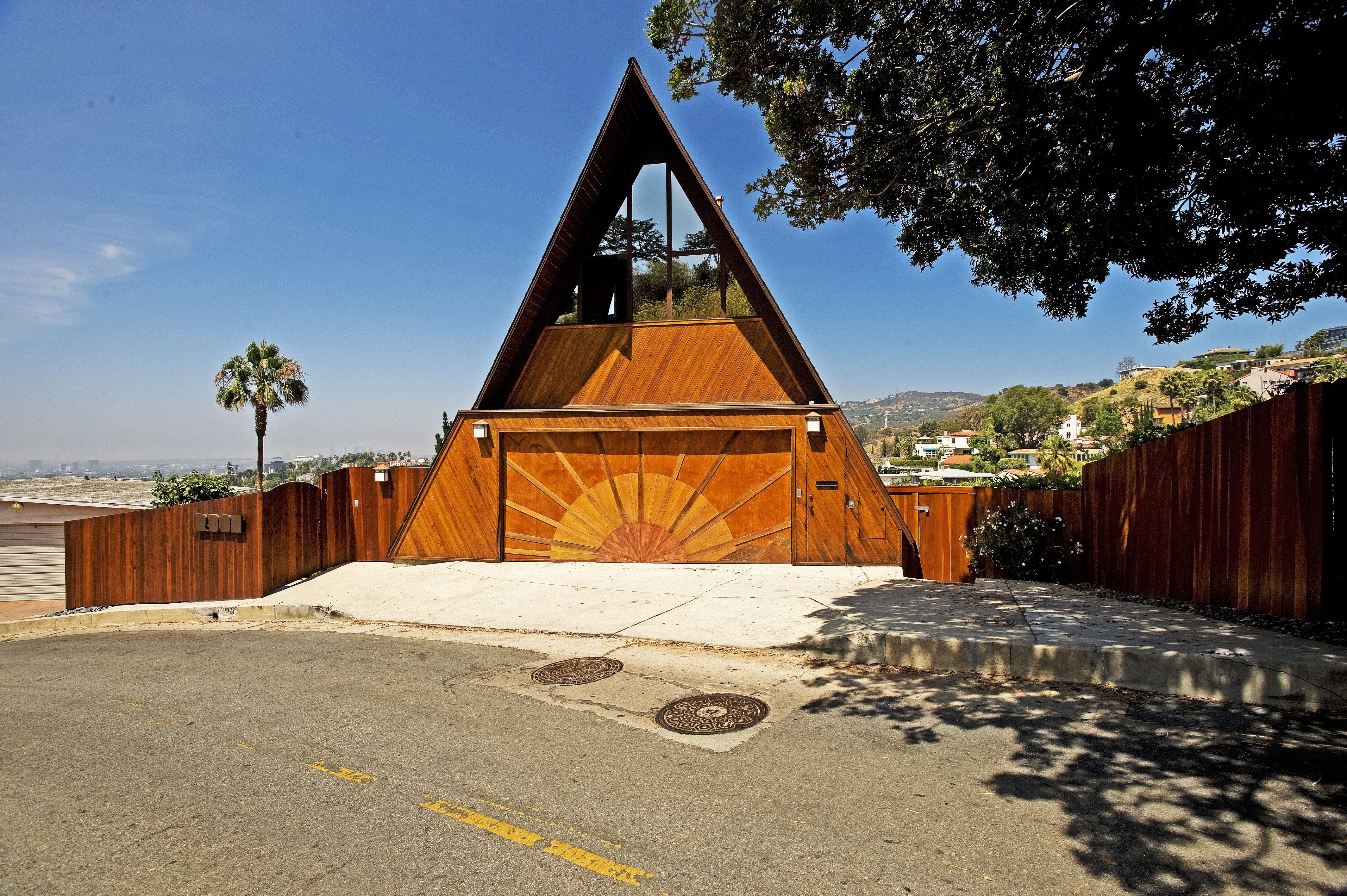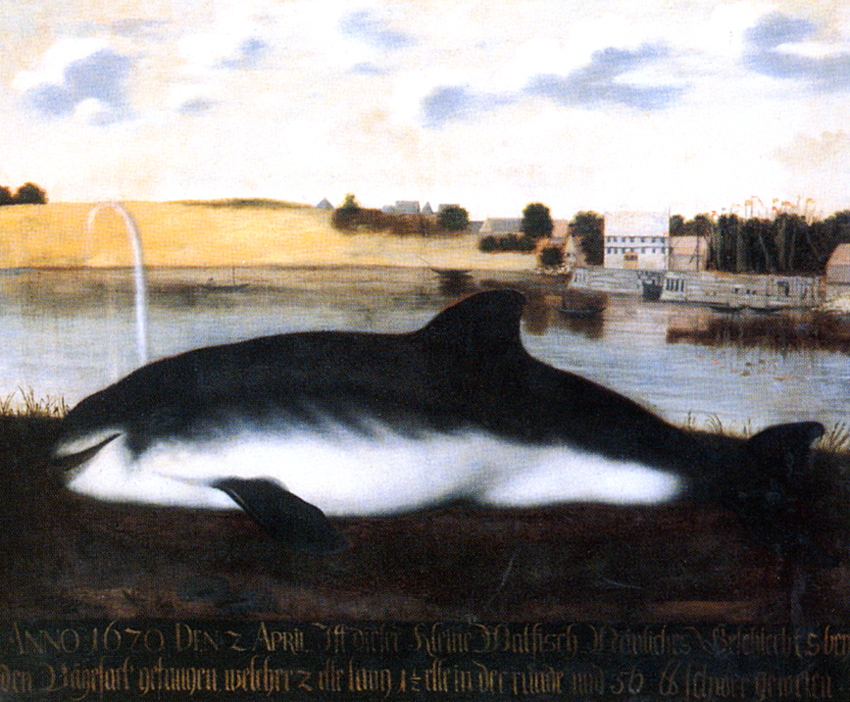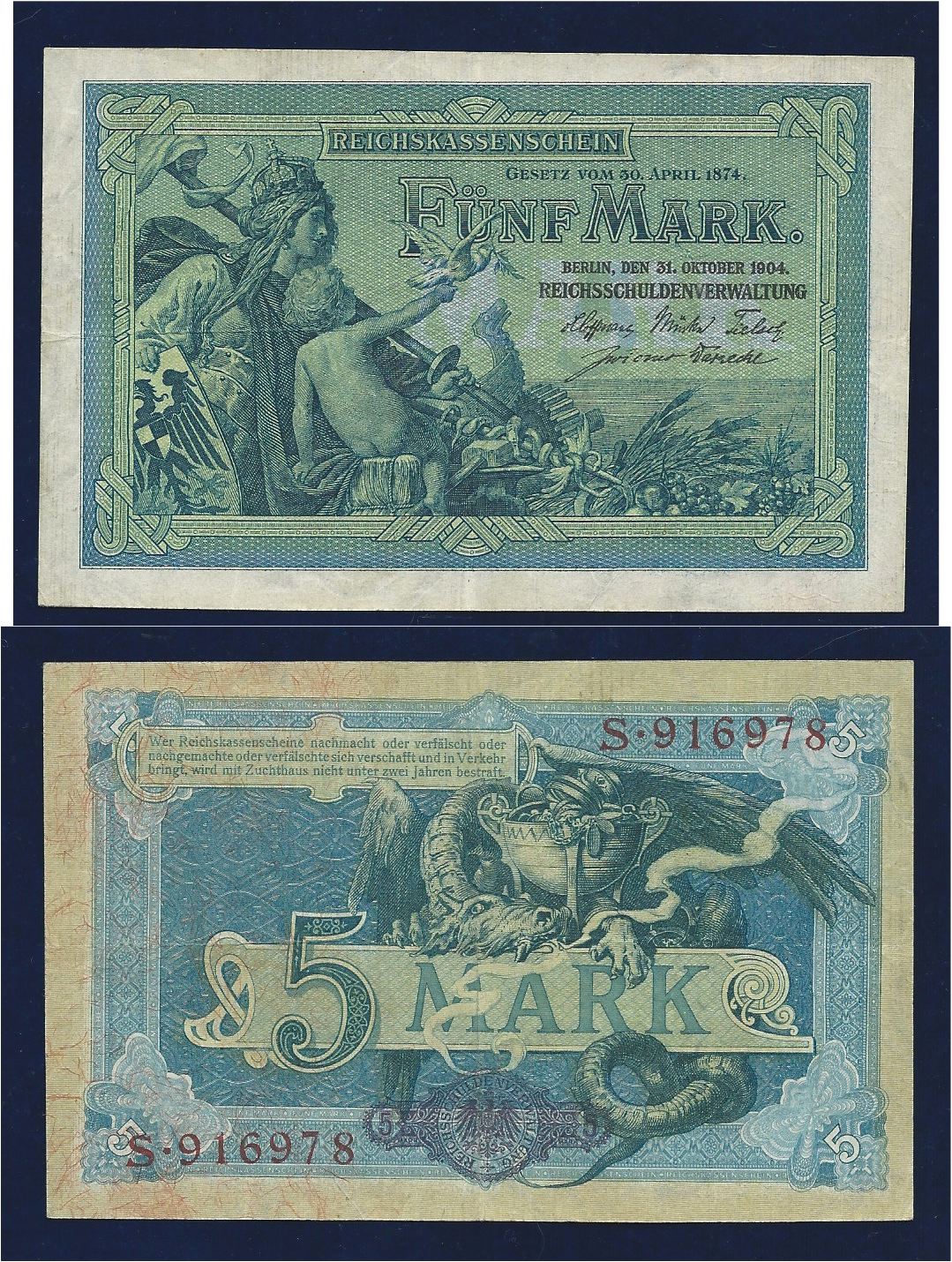|
Torfschiffswerft Schlussdorf
The Turf Shipyard () in , Lower Saxony, Germany, is a former boat builder's yard now used as an open-air museum. The yard, operating from 1850 to 1954, was specialised on barges to transport turf, that is dried peat used as fuel. In 1975 the (i.e. Schlussdorf Traditions Club) started to rescue the dilapidated shipyard buildings and reopened the site as a museum in 1977. The Turf Shipyard is about north of Worpswede's outskirts.Barbara Pannewick, „Worpswede, Heimat der Kunst“, in: ''Bremen: Entdeckerhandbuch für Stadt und Umland'', Sabine Gorsemann (ed.), (=Peter Meyer Reiseführer), Frankfurt am Main: Peter Meyer, 22005, pp. 171–177, here p. 176. . The Turf Shipyard is the only of its kind preserved in Northern Germany. As a museum it is undoubtedly in the front row of Worpswede's tourist sights.Michael Schön„Café im Torfschiffswerft-Museum: Kaffee und Kuchen sollen Besucher locken“ in: ''Wümme-Zeitung'', 11 March 2015, retrieved on 18 November ... [...More Info...] [...Related Items...] OR: [Wikipedia] [Google] [Baidu] |
Worpswede
Worpswede (Northern Low Saxon: ''Worpsweed'') is a municipality in the Osterholz-Scharmbeck, district of Osterholz, in Lower Saxony, Germany. It is situated in the Teufelsmoor, northeast of Bremen (city), Bremen. The small town itself is located near the Weyerberg hill. It has been the home to an artistic community since the end of the 19th century. History The origins of Worpswede date back to the Bronze Age. The first time it was mentioned however was in 1218. Then it belonged to the Archdiocese of Bremen, Prince-Archbishopric of Bremen. In 1630 it was occupied by Sweden for a short period of time. In 1648 the Prince-Archbishopric was transformed into the Duchy of Bremen, which was first ruled in personal union by the Swedish and from 1715 on by the Hanoverian Crown. However, it took another 120 years (1750) until the colonization of the Teufelsmoor was started by Jürgen Christian Findorff by drainage of the bog. In 1823 the Duchy was abolished and its territory became part of ... [...More Info...] [...Related Items...] OR: [Wikipedia] [Google] [Baidu] |
A-frame Building
An A-frame building is an architectural style of building that features steeply-angled sides (roofline) that usually begin at or near the foundation line, and meet at the top in the shape of the letter ''A''. An A-frame ceiling can be open to the top rafters. Although the triangle shape of the A-frame has been present throughout history, it surged in popularity around the world from roughly the mid-1950s through the 1970s. It was during the post–World War II era that the A-frame acquired its most defining characteristics. Style A-frame buildings are an ancient form in Europe (e.g. cruck frame construction or grubenhaus), China, and the South Pacific islands. Sometimes called a ''roof hut'', these were simple structures used for utilitarian purposes until the 1950s.Randl, Chad. ''A-frame''. New York: Princeton Architectural Press, 2004. Print. In 1934, R. M. Schindler built the first modern A-frame house, for owner Gisela Bennati, in Lake Arrowhead, California. Architects W ... [...More Info...] [...Related Items...] OR: [Wikipedia] [Google] [Baidu] |
Wörpe
Wörpe is a river in the northern part of the state of Lower Saxony in Germany, a tributary of the Wümme. The source of the Wörpe is near (a district of Bülstedt) about southwest of Zeven. From there the Wörpe flows through Wilstedt and Grasberg before finally discharging into the Wümme near Lilienthal. The course of the Wörpe was artificially changed in the past. Originally it ran through the ' and entered the Wümme near Hof Gehrden. It was first re-routed between 1826 and 1864 in order to improve the passage of peat barges. See also *List of rivers of Lower Saxony All rivers in the German state of Lower Saxony flow directly or indirectly into the North Sea. A–Z A B D E F G H I J K L M N O P *Purrmühlenbach R S T *Tiefenbeek *Trillkebach *Trutenbeek *Twiste (Oste), Twiste U *Uffe ... References {{DEFAULTSORT:Worpe Rivers of Lower Saxony Osterholz Rivers of Germany ... [...More Info...] [...Related Items...] OR: [Wikipedia] [Google] [Baidu] |
Otto Modersohn Moorbrücke 1905
Otto is a masculine German given name and a surname. It originates as an Old High German short form (variants ''Audo'', '' Odo'', '' Udo'') of Germanic names beginning in ''aud-'', an element meaning "wealth, prosperity". The name is recorded from the 7th century ( Odo, son of Uro, courtier of Sigebert III). It was the name of three 10th-century German kings, the first of whom was Otto I the Great, the first Holy Roman Emperor, founder of the Ottonian dynasty. The Gothic form of the prefix was ''auda-'' (as in e.g. '' Audaþius''), the Anglo-Saxon form was ''ead-'' (as in e.g. '' Eadmund''), and the Old Norse form was '' auð-''. Due to Otto von Bismarck, the given name ''Otto'' was strongly associated with the German Empire in the later 19th century. It was comparatively frequently given in the United States (presumably in German American families) during the 1880s to 1890s, remaining in the top 100 most popular masculine given names in the US throughout 1880–1898, but its ... [...More Info...] [...Related Items...] OR: [Wikipedia] [Google] [Baidu] |
Stade
Stade (; ), officially the Hanseatic City of Stade (, ) is a city in Lower Saxony in northern Germany. First mentioned in records in 934, it is the seat of the Stade (district), district () which bears its name. It is located roughly to the west of Hamburg and belongs to that city's Hamburg Metropolitan Region, wider metropolitan region. Within the area of the city are the urban districts of Bützfleth, Hagen, Haddorf and Wiepenkathen, each of which have a council () of their own with some autonomous decision-making rights. Stade is located in the Niederelbe, lower regions of the river Elbe. It is also on the German Timber-Frame Road. History The first human settlers came to the Stade area in 30,000 BC. Sweden, Swedish and Danes, Danish Vikings under Eric the Victorious conquered Stade and looted the town during the 990s. Many prominent Saxons were taken back as slaves by Swedish troops. A majority of Vikings withdrew after taking plenty of plunder. A minor part of the S ... [...More Info...] [...Related Items...] OR: [Wikipedia] [Google] [Baidu] |
Bremen-Verden
Bremen-Verden, formally the Duchies of Bremen and Verden (; ), were two territories and immediate fiefs of the Holy Roman Empire, which emerged and gained imperial immediacy in 1180. By their original constitution they were prince-bishoprics of the Archdiocese of Bremen and Bishopric of Verden. In 1648, both prince-bishoprics were secularised, meaning that they were transformed into hereditary monarchies by constitution, and from then on both the Duchy of Bremen and the Duchy of Verden were always ruled in personal union, initially by the royal houses of Sweden, the House of Vasa and the House of Palatinate-Zweibrücken, and later by the House of Hanover. With the dissolution of the Holy Roman Empire in 1806, Bremen-Verden's status as fiefs of imperial immediacy became void; as they had been in personal union with the neighbouring Kingdom of Hanover, they were incorporated into that state. Territory and insignia The territory belonging to the Duchies of Bremen and Verden cov ... [...More Info...] [...Related Items...] OR: [Wikipedia] [Google] [Baidu] |
Demesne
A demesne ( ) or domain was all the land retained and managed by a lord of the manor under the feudal system for his own use, occupation, or support. This distinguished it from land subinfeudation, sub-enfeoffed by him to others as sub-tenants. In contrast, the entire territory controlled by a monarch both directly and indirectly via their tenant lords would typically be referred to as their realm. The concept originated in the Kingdom of France and found its way to foreign lands influenced by it or its fiefdoms. In England, Wales and Northern Ireland, royal demesne is the land held by the Monarch, Crown, and ancient demesne is the legal term for the land held by the king at the time of the Domesday Book in 1086. Etymology The word derives from Old French , ultimately from Latin , "lord, master of a household" – ''demesne'' is a variant of ''domaine''. The word ''barton'', which is historically synonymous to ''demesne'' and is an element found in many place-names, can refer t ... [...More Info...] [...Related Items...] OR: [Wikipedia] [Google] [Baidu] |
Causeway
A causeway is a track, road or railway on the upper point of an embankment across "a low, or wet place, or piece of water". It can be constructed of earth, masonry, wood, or concrete. One of the earliest known wooden causeways is the Sweet Track in the Somerset Levels, England, which dates from the Neolithic age. Timber causeways may also be described as both boardwalks and bridges. Etymology When first used, the word ''causeway'' appeared in a form such as "causey way", making clear its derivation from the earlier form "causey". This word seems to have come from the same source by two different routes. It derives ultimately, from the Latin for heel, , and most likely comes from the trampling technique to consolidate earthworks. Originally, the construction of a causeway used earth that had been trodden upon to compact and harden it as much as possible, one layer at a time, often by slaves or flocks of sheep. Today, this work is done by machines. The same technique w ... [...More Info...] [...Related Items...] OR: [Wikipedia] [Google] [Baidu] |
Linear Settlement
A linear settlement is a (normally small to medium-sized) settlement or group of buildings that is formed in a long line. Many of these settlements are formed along a transport route, such as a road, river, or canal. Others form due to physical restrictions, such as coastlines, mountains, hills or valleys. Linear settlements may have no obvious centre. In the case of settlements built along a route, the route predated the settlement, and then the settlement grew along the transport route. Often, it is only a single street with houses on either side of the road. Mileham, Norfolk, England is an example of this pattern. Later development may add side turnings and districts away from the original main street. Places such as Southport, England developed in this way. A linear settlement is in contrast with ribbon development, which is the outward spread of an existing town A town is a type of a human settlement, generally larger than a village but smaller than a city. The crit ... [...More Info...] [...Related Items...] OR: [Wikipedia] [Google] [Baidu] |
Bremen-Vegesack
Vegesack is a northern district of Bremen, the capital of the German state Free Hanseatic City of Bremen (Freie Hansestadt Bremen). Geography ''Vegesack'' is located about north from the centre of Bremen-city at the mouth of the river Lesum, beside the river Weser (). Abutting the district of Vegesack to the northwest is the district of Blumenthal, in the southeast the district of Burglesum. Across the river Weser is the Lower Saxony village Lemwerder, connected to Vegesack by a ferry service. History Vegesack was established long before the 14th century. At that time the mouth of the river Lesum and the small brook Aue to the river Weser was a preferred and protected berth for sailing ships in the winter time or in the stormy seasons. Therefore, the first buildings might have been a few workshops and accommodations and pubs for the sailors. After the first mention of a ferry across the Weser in the 14th century, the name "Vegesack" was first used in 1453. The source a ... [...More Info...] [...Related Items...] OR: [Wikipedia] [Google] [Baidu] |
Mark (1871)
The German mark ( ; currency sign, sign: ℳ︁) was the currency of the German Empire, which spanned from 1871 to 1918. The mark was paired with the minor unit of the pfennig (₰); 100 pfennigs were equivalent to 1 mark. The mark was on the gold standard from 1871 to 1914, but like most nations during World War I, the German Empire removed the gold backing in August 1914, and gold coins ceased to circulate. After the fall of the Empire due to the German Revolution of 1918–1919, November Revolution of 1918, the mark was succeeded by the Weimar Republic's mark, derisively referred to as the German Papiermark, Papiermark () due to hyperinflation in the Weimar Republic from 1918 to 1923. History The introduction of the German mark in 1873 was the culmination of decades-long efforts to unify the various currencies used by the German Confederation. The Zollverein unified in 1838 the Prussian and South German currencies at a fixed rate of 1 Prussian thaler = South German gu ... [...More Info...] [...Related Items...] OR: [Wikipedia] [Google] [Baidu] |
Bremen Thaler
The Thaler was the currency of the Free Hanseatic City of Bremen until 1873, when Germany adopted the gold mark (ℳ). It was divided into 72 ''Grote'', each of 5 ''Schwaren''. While initially identical to the North German thaler before the 1750s, it was the only currency to maintain the gold standard of 5 thalers to a Friedrich d'or pistole from the 1750s until 1873, long after all other states adopted the '' Conventionsthaler''. North German Thaler Gold After implementation of the 1690 Leipzig currency standard the majority of the North German states defined the Reichsthaler currency as th a Cologne Mark of fine silver or 19.488 g. The gold-silver price ratio dropped, however, in the mid-18th century (down to 14.5 in France after 1726), leading many states to reissue their Reichsthaler currencies in cheaper Thaler Gold. By the 1730s the gold florin of 2.5036 g was valued at 2 thaler; hence each Thaler Gold was worth 1.2518 g gold or 18.15 g silver at France's gold ratio of ... [...More Info...] [...Related Items...] OR: [Wikipedia] [Google] [Baidu] |






